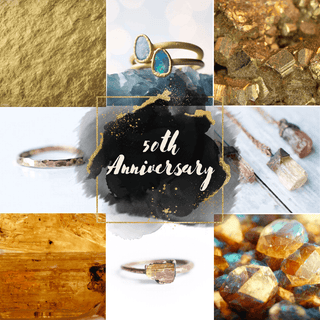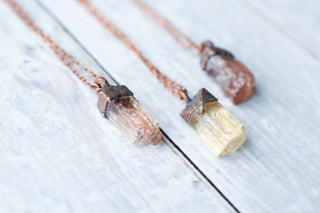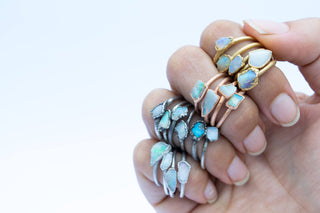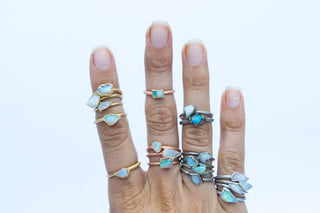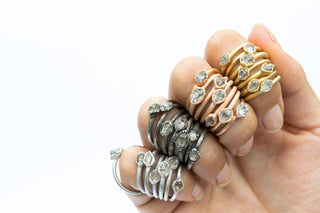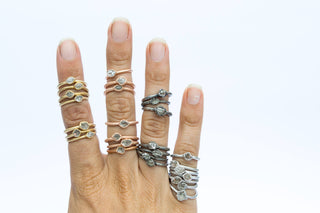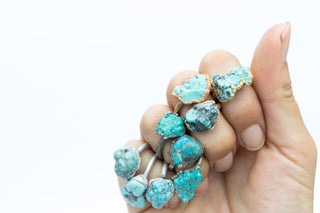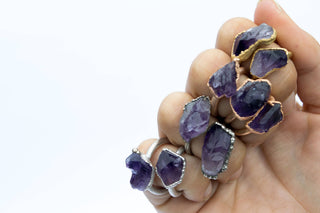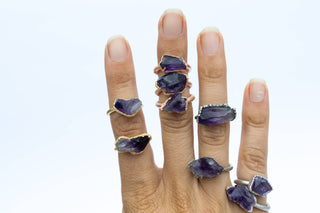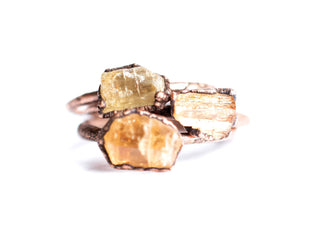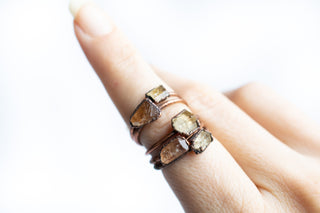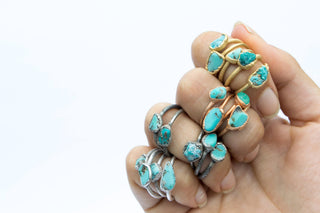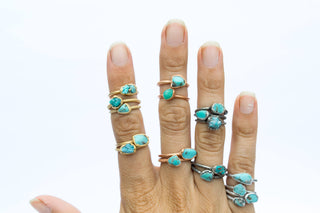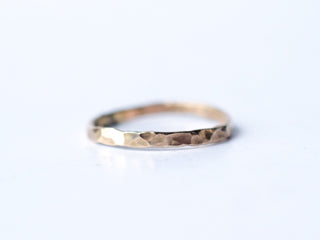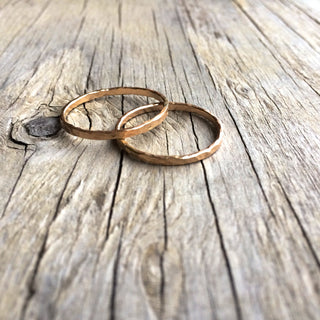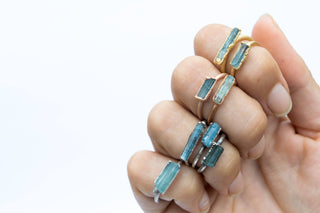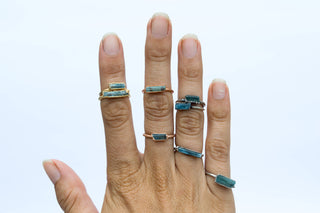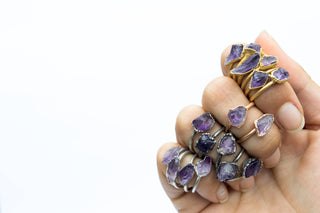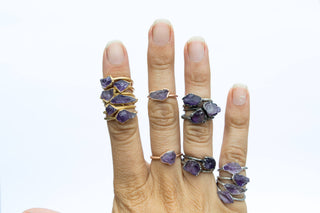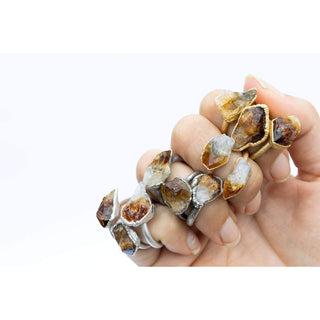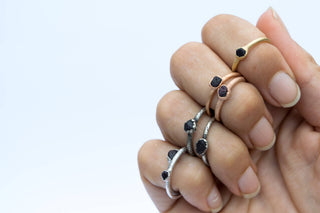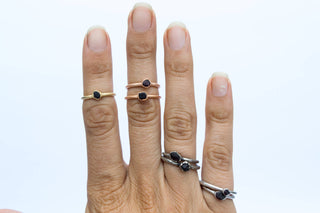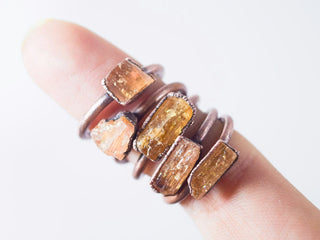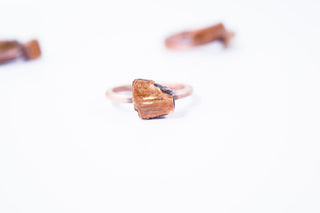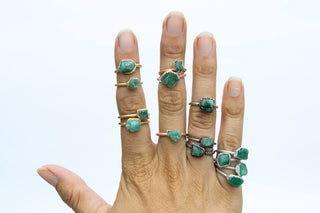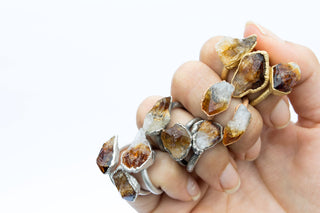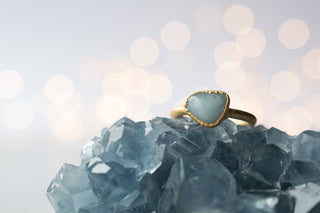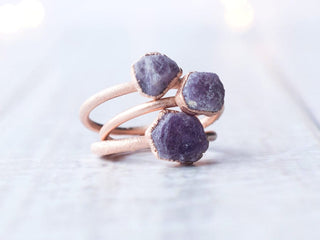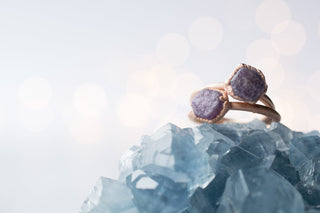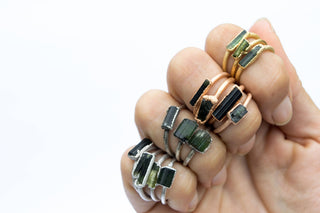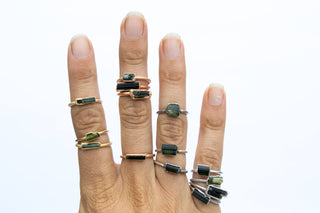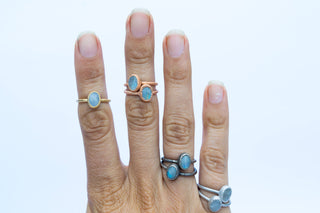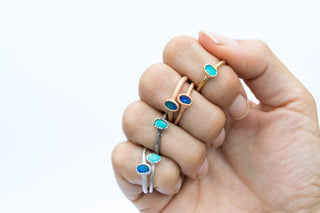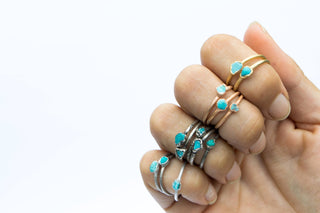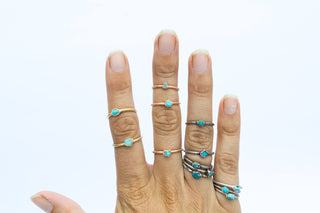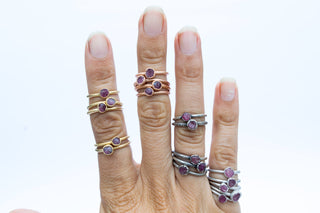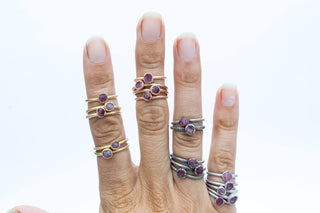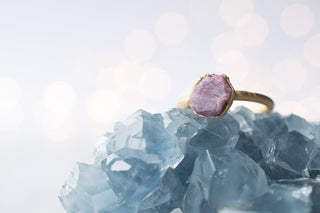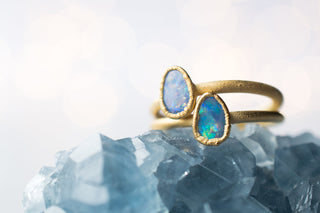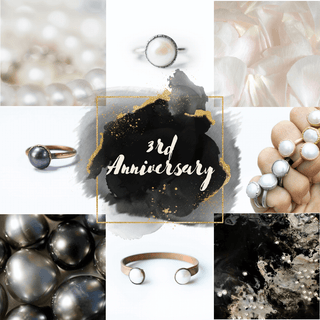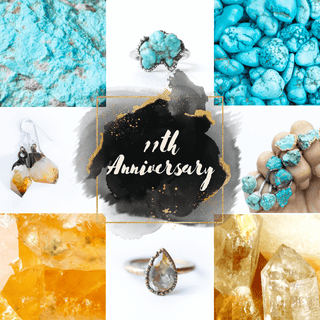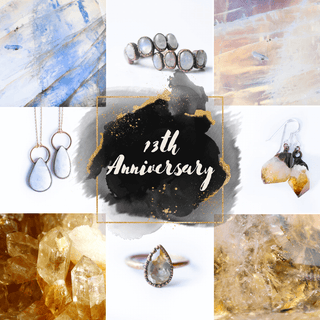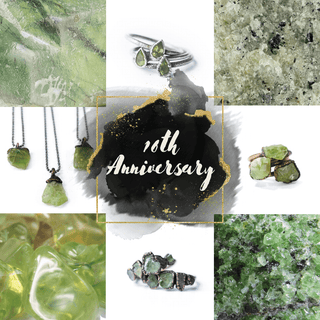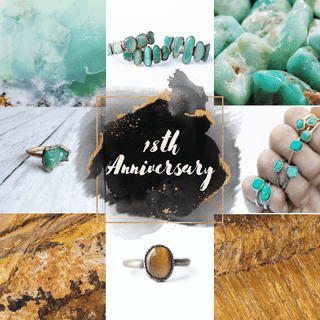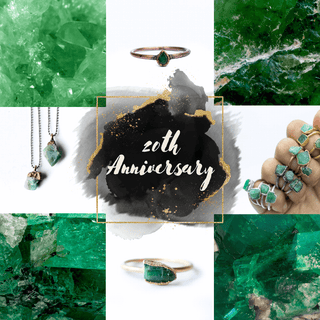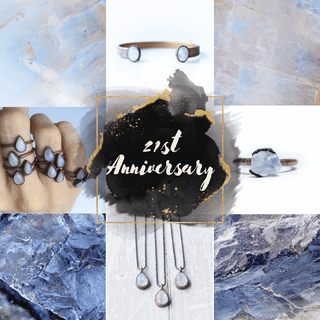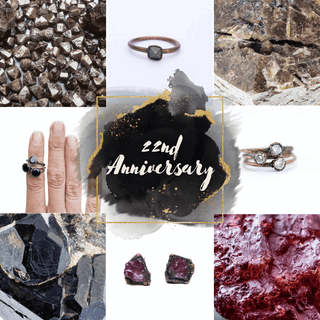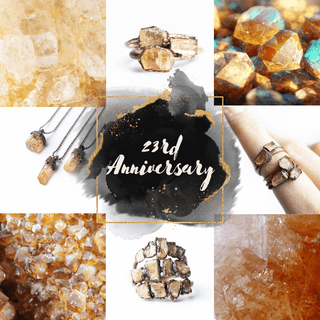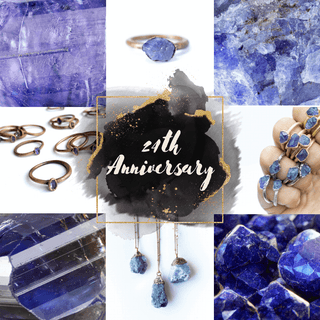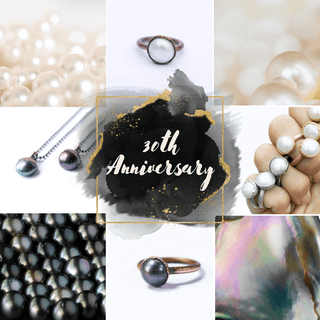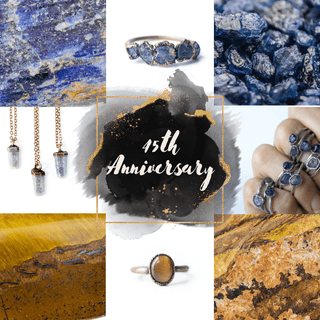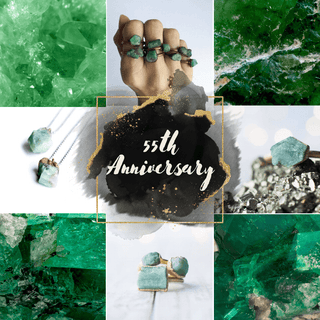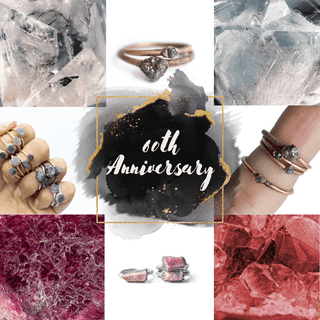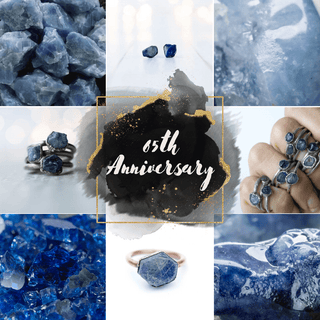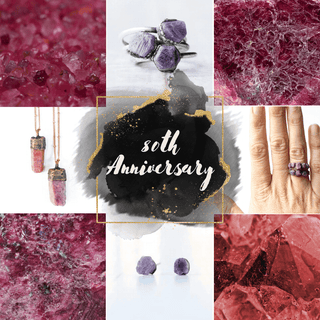50th Anniversary Imperial Topaz Gold Jewelry Collection | Raw Crystal Jewelry | HAWKHOUSE
Celebrate 50 golden years together with our Imperial Topaz Gold Collection. Featuring radiant golden topaz gemstones set in 22-karat gold, these stunning pieces are fit for an emperor and sure to dazzle for decades to come. Whether seeking a dramatic statement necklace, elegant drop earrings, or a classic ring to symbolize your half century of matrimony, our artisanal designs showcase the deep orange hues and natural beauty of topaz, accented by the warm glow of gold. After 50 years of marriage, your love has stood the test of time—now enjoy jewelry that will do the same. This collection is truly befitting of such a rare and momentous occasion.
50th Anniversary FAQ
What is imperial topaz?
- Imperial topaz is a rare, precious gemstone that comes in a vibrant orange color with red and yellow undertones. It is considered one of the most valuable and prized varieties of topaz.
Why is imperial topaz associated with a 50th wedding anniversary?
- Imperial topaz is the traditional 50th wedding anniversary gemstone. Its golden orange color is symbolic of the golden years of marriage and the warmth and wisdom gained over five decades together.
Is imperial topaz natural or treated?
- Natural imperial topaz is rare and highly sought after. Some less vibrant orange topaz stones are treated with heat to intensify their color, but natural stones will be more valuable. With proper certification, you can ensure you are getting an all-natural imperial topaz.
How much does imperial topaz cost?
- High quality natural imperial topaz can be quite expensive, ranging from $500 to $10,000 per carat depending on the stone's color, clarity, cut and carat weight. Treated imperial topaz will be more affordable, ranging from $200 to $2,000 per carat.
What are the characteristics of imperial topaz?
- Imperial topaz is a transparent gemstone that ranges from medium to deep reddish-orange in color. It has a bright vitreous luster and a hardness of 8 on the Mohs scale, making it a durable gemstone suitable for any type of jewelry.
How can you tell if imperial topaz is natural or treated?
- Natural imperial topaz will have an even, saturated reddish-orange color. Treated stones may show darker spots, streaks or an unnatural-looking bright orange color concentrated around the edges. Natural stones also often have visible inclusions, while treated stones tend to be very clean. Certification from a reputable lab is the best way to confirm a stone's natural origins.
What metals complement imperial topaz?
- The warm tones of imperial topaz pair well with yellow gold settings. Rose or white gold also provide an attractive complement. Platinum is a more contemporary choice that allows the rich color of the imperial topaz to shine through.
How should I care for imperial topaz jewelry?
- Imperial topaz jewelry should be handled with care to avoid scratches and impacts. Gently wipe down the stone with a soft, damp cloth to remove oils and dirt. Avoid using harsh chemicals, heat or ultrasonic cleaners which can damage the topaz. Remove jewelry when exercising or doing heavy work. Store items separately in a soft lined box away from heat and light.
Can imperial topaz change color over time?
- Imperial topaz is generally very stable, but its color can fade slightly over time with prolonged exposure to bright light or heat. Storing imperial topaz jewelry in a cool, dark place when not being worn can help prevent color change. High temperatures used during jewelry repair or resizing may also cause slight color alteration.
Where is imperial topaz found?
- The most significant deposits of natural imperial topaz are found in Brazil, especially in the state of Minas Gerais. Some imperial topaz is also mined in Pakistan, Afghanistan, Nigeria, and China.


